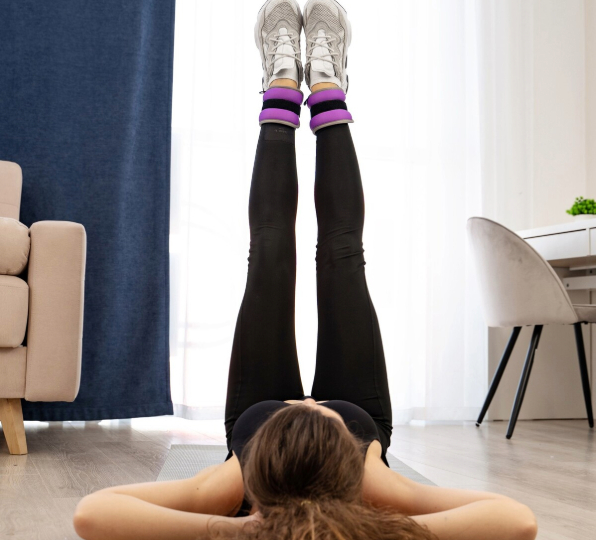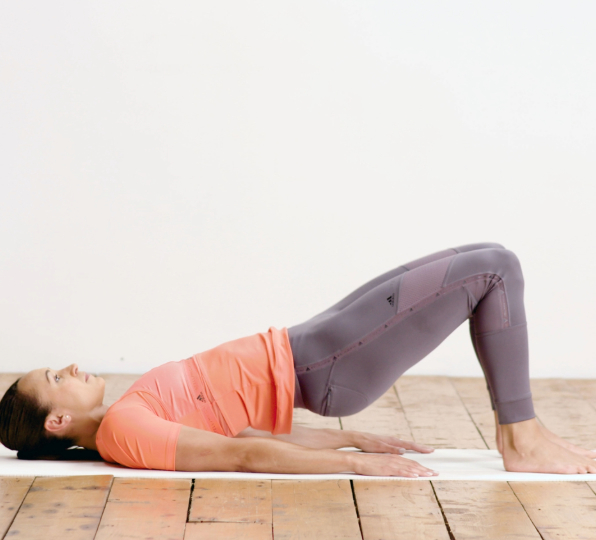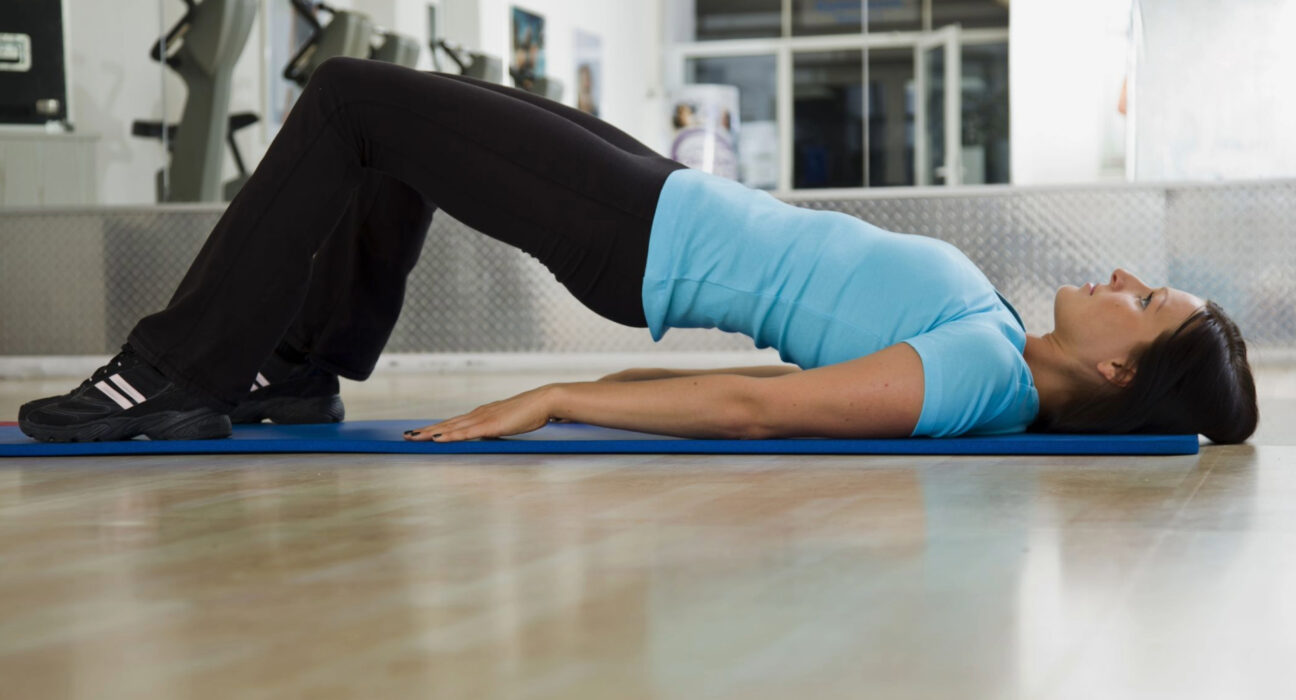Introduction:
A strong pelvic floor is essential for overall health and well-being, playing a crucial role in supporting the organs of the pelvis, maintaining urinary and bowel continence, and enhancing sexual function. Pilates, with its focus on core strength, stability, and alignment, offers a highly effective way to strengthen the pelvic floor muscles. In this guide, we’ll explore eight Pilates moves specifically designed to target and strengthen the pelvic floor, helping you improve stability, prevent pelvic floor dysfunction, and enhance overall fitness and vitality.
1.Pelvic Tilts
Pelvic tilts are a foundational Pilates exercise that targets the muscles of the lower back, abdomen, and pelvic floor. Begin by lying on your back with your knees bent and feet flat on the floor. Inhale to prepare, then exhale as you gently tilt your pelvis backward, pressing your lower back into the mat. Inhale to return to neutral, then repeat for several repetitions, focusing on engaging the muscles of the pelvic floor with each
2. Pelvic Clocks
A dynamic Pilates exercise that works the entire pelvic girdle, including the muscles of the pelvic floor, is called a pelvic clock. Start by lying on your back with your feet flat on the ground and your knees bent. Think of your pelvis as the center of a clock face. Then, tilt your pelvis forward, backward, and side to side while using your breath to guide it through the numbers. Throughout the exercise, pay attention to maintaining control and stability and using your pelvic floor muscles to support the motion.
3.Bridge Pose
A traditional Pilates pose that targets the glutes, hamstrings, and pelvic floor muscles is bridge pose. Start by lying on your back with your feet hip-width apart and your knees bent. Breathe in to get ready, then release as you raise your hips toward the ceiling, using your pelvic floor and glutes. After a few breaths of holding, gently return to the mat. Make multiple repetitions of this exercise, paying close attention to your alignment and stability.
4.Hundred
A dynamic Pilates exercise that works the entire core, including the muscles of the pelvic floor, is called The Hundred. Start by lying on your back with your feet flat on the ground and your knees bent. Breathe in to center yourself, then release as you raise your head, shoulders, and neck off the mat and extend your arms out to the sides. Breathe in for five counts, then exhale for five counts, all while carefully pumping your arms up and down. Focus on using the pelvic floor muscles to support the movement as you pump for a total of 100 counts.
5.Single Leg Stretch
A difficult Pilates exercise that works the pelvic floor and deep abdominal muscles is the single leg stretch. Start by lying on your back in a tabletop position with your feet raised off the mat and your knees bent. Take a breath to warm up, then release it as you raise one leg straight out in front of you and pull the other knee in toward your chest. Take a breath to get back to the beginning, then alternate sides. For multiple repetitions, continue switching sides while keeping your balance and control in mind.
6. Double Leg Stretch
A sophisticated Pilates exercise that works the entire core, including the muscles of the pelvic floor, is the double leg stretch. Start by lying on your back in a tabletop position with your feet raised off the mat and your knees bent. Take a breath to warm up, then release it as you raise your arms overhead and straighten both of your legs in front of you. Return to the starting position by inhaling, and then perform several repetitions, paying particular attention to using the pelvic floor muscles to provide support for the movement.
7.Swimming
Pilates exercises that are dynamic and work the entire back, including the hamstrings, glutes, and pelvic floor muscles, include swimming. Start by lying on your stomach with your legs straight behind you and your arms outstretched overhead. Breathe in to warm up, then exhale as you raise your arms, legs, and chest off the mat, extending your fingertips forward and your toes backward. As you breathe in and out, start to gently flutter your arms and legs up and down. For a few breaths, keep swimming while concentrating on keeping your balance and control.
8. Squats
A functional Pilates exercise that works the lower body and the muscles of the pelvic floor is the squat. Start by standing with your arms out in front of you and your feet hip-width apart. Breathe in to get ready, then release as you lower your hips and bend your knees, assuming a chair position. As you descend, maintain your weight in your heels and your chest raised. Breathe out to stand again, then inhale and repeat several times, paying attention to using the pelvic floor muscles to provide support for the movement.


Conclusion:
Incorporating these eight Pilates moves into your fitness routine can help you strengthen and support your pelvic floor, enhancing stability, preventing dysfunction, and promoting overall health and vitality. Remember to listen to your body and modify as needed, and always consult with a healthcare professional before beginning any new exercise program, especially if you have a history of pelvic floor issues or other medical concerns. With consistent practice and dedication, you can build a strong and resilient pelvic floor that supports you in living your fullest, most vibrant life.












